|
In my last post I wrote about bits in the Tison Tool Barn that were used with a brace to bore holes in wood. In this post I will look at hollow augers, which cut wood away on the end of a spoke or post, leaving a cylinder of wood called a round tenon. Round tenons are a form of the tenon in mortise and tenon joints. Round tenons are inserted into round mortises, which are indistinguishable from bore holes. Round mortises and tenons have primarily been used by wheelwrights in mounting spokes to rims on wooden wheels. Round mortise and tenon joints are also used in making Windsor chairs. Forming round tenons that fit correctly in their corresponding mortises took skill and care. The development of hollow augers allowed wheelwrights and chairmakers to repeatedly and quickly cut round tenons of a consistent size and shape. Between 1835 and 1928 there were 98 US patents issued for hollow augers and other tools for cutting round tenons. (Although manufacture of wagons and coaches had steeply declined in the 20th century, wooden spokes continued to be used in motor vehicle wheels until well after World War I.) Many of the hollow augers invented during that time cut tenons of a fixed diameter. A worker needed a different fixed-size hollow auger for each diameter tenon he wanted to cut. Other hollow augers were adjustable, allowing a worker to use one tool to cut tenons of various diameters by making adjustments in the settings of the cutting blades. The Tison Tool Barn collection has three adjustable hollow augers. First is a Bonney's Pattern Hollow Auger, patented Aug. 2, 1870. This bit has one cutting blade. It has a wheel with 8 holes from 3/8 inch to 1 inch in diameter, limiting it to cutting round tenons of those diameters. This range of tenon diameters may have met the needs of most woodworkers. This tool has two slots cut into the tang, indicating that it could be used with at least two different varieties of cut-tang chuck. The next adjustable hollow auger in the Tison Tool Barn is shown below. It is marked "E. C. STERNS & CO. SYRACUSE, N.Y." and "PATENTED MARCH 16, 1880." Patent number 225,496 was issued to Edward C. Stearns, who had become the head of a company founded by his father in 1864. George N. Stearns & Co. became E. C. Stearns & Co. in 1877. The company was still doing business in 1891. Father and son were obviously interested in improving hollow augers. George N. Stearns was issued 8 patents for hollow augers between 1863 and 1880, several of which were manufactured by the Stearns company. The third adjustable hollow auger in the Tison Tool Barn appears to be a rare find. The only marking on the tool is "PATḎ DEC ~ 1868." US patent 85,423 was issued to J. H. Beauregard of Sandy Hill, N. Y. on Dec. 29, 1868. The Directory of American Tool and Machinery Patents web site, which is a volunteer effort to compile information on patents, had not found any previous evidence that this tool had ever been manufactured. I have found no information on who manufactured this item, or when. This hollow auger has two cutting blades. Before a hollow auger could start cutting a round tenon, the end of the spoke had to be pointed, that is, have a truncated cone cut on the end so that a hollow auger could be securely centered on it. Spokes could be trimmed with a pointing tool. The Tison Tool Barn has two tools that could be so used. First is this dowel pointer or trimmer. It could point a spoke or dowel up to 3/4 inch in diameter. The only mark on the tool is the trade mark "STANLEY." Next is a spoke pointer. This tool is marked "E. C. STEARNS & CO. SYRACUSE, N. Y." Patent No. 220,442 for this tool was issued to Edward C. Stearns on Oct. 7, 1879. This tool will point a spoke or post up to 1-3/4 inches in diameter. In my next post I will cover some odds and ends of bits in the Tison Tool Barn that were used with a brace.
4 Comments
|
AuthorI have been a volunteer at the Matheson History Museum. Feeling an affinity with old hand tools (some of which I remember from my youth), I have tried to learn more about the history of the tools in the Tison Tool Barn, and how they were used. All text and photographs by Donald Albury in this blog are licensed under a Creative Commons Attribution-ShareAlike 4.0 International License. All illustrations taken from Wikimedia Commons are either in the public domain, or have been released under a Creative Commons license.
Archives
December 2015
Categories
All
Interesting Sites about Old Tools |
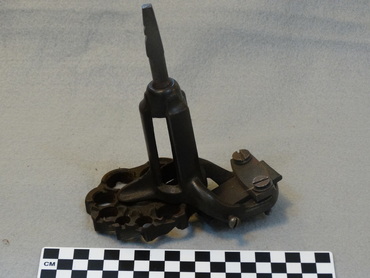
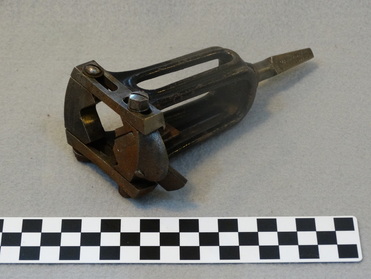
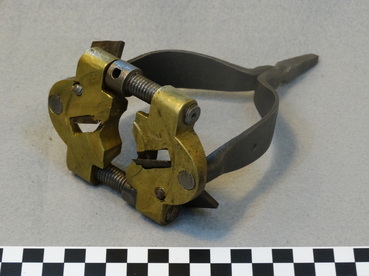
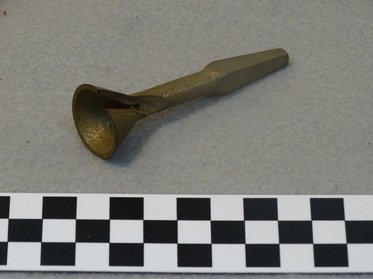
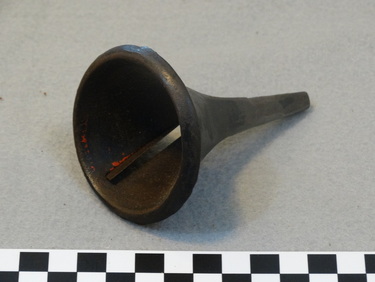
 RSS Feed
RSS Feed
